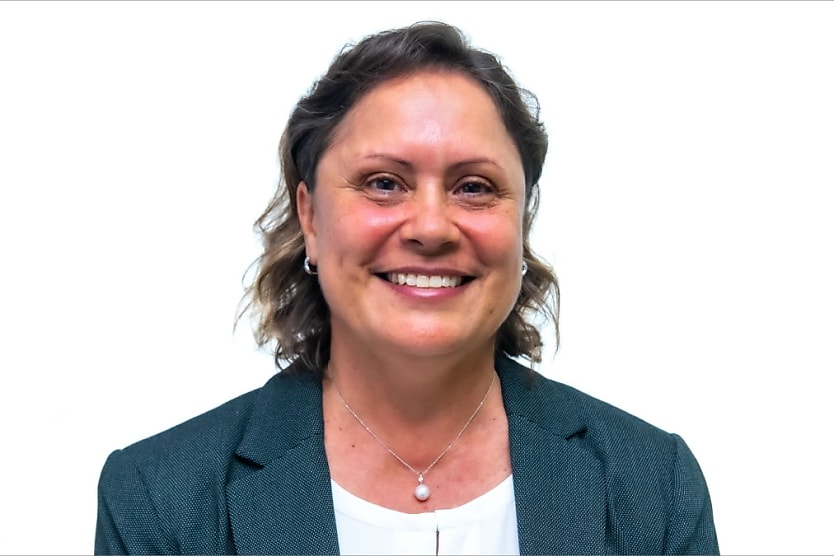Improved career pathways needed to get First Nations teachers in schools
SHARE THIS ARTICLE

Clarity and communication are needed to create better pathways to help support an increase of First Nations teachers in Australian schools.
An increase in the number of First Nations teachers has been a topic of discussion in recent education circles, with studies and research being undertaken to discover strategies that will create this increase.
A Charles Darwin University (CDU) researcher, Dr Tracy Woodroffe, has done just that, stressing the need for more clarity and communication about possible pathways into teaching to increase the number of First Nations teachers in the Northern Territory (NT).
Woodroffe’s research addresses the critical shortfall of First Nations educators in the NT, which has the highest percentage of First Nations students in Australia. “We know that there is an astounding teacher shortage at the moment, especially out in remote communities, and teachers are coming from interstate,” said Woodroffe.
“These teachers are responsible for the teaching of First Nations students, but they have a different culture, different ideas about teaching and learning, and there are language barriers.”
It’s difficult for teachers from the interstate to relate to their First Nations students if they haven’t experienced their culture or environment in a large capacity. Without that relation and understanding, acquiring student engagement can prove to be a difficulty.
According to The Conversation, as of 2016, 6.2 per cent of Australian school students identified as First Nations, while just 2 per cent of the teaching workforce identified as First Nations.
“Having more First Nations teachers could really help increase First Nations student engagement numbers, help to apply more First Nations educational approaches, and help create more role models in the community,” said Woodroffe.
Incentivising First Nations students to eventually take up teaching is the key, which is why a concerted effort is being put forth to enable that pathway to be more accessible.
“There is a potential study pathway for First Nations senior secondary students to enter into teaching, but unfortunately, it is not clearly articulated or widely known,” said Woodroffe.
“If we are going to increase the number of First Nations teachers, we need a coordinated approach to change processes and practices to improve pathways and better support First Nations students.”
To ensure the career pathways are available, the next phase will focus on understanding the aspirations of First Nations high school students to become teachers and First Nations teachers’ perspectives on teaching and, therefore, discover new ways to promote it.
This will have a number of benefits for the Department of Education, workforce development, and universities as it will assist with the needed increase for First Nations enrolments in teacher education.
Woodroffe will contact around 40 schools across the territory in urban and remote locations to ask students in senior years and teachers to complete an anonymous survey about their experiences.
“Through the survey, I hope to learn about First Nations perceptions of teaching as a career and how to best promote teaching, in order to inspire and encourage as many First Nations people as possible to become teachers,” concluded Woodroffe.
RELATED TERMS
The term "workforce" or "labour force" refers to the group of people who are either employed or unemployed.
Kace O'Neill
Kace O'Neill is a Graduate Journalist for HR Leader. Kace studied Media Communications and Maori studies at the University of Otago, he has a passion for sports and storytelling.

